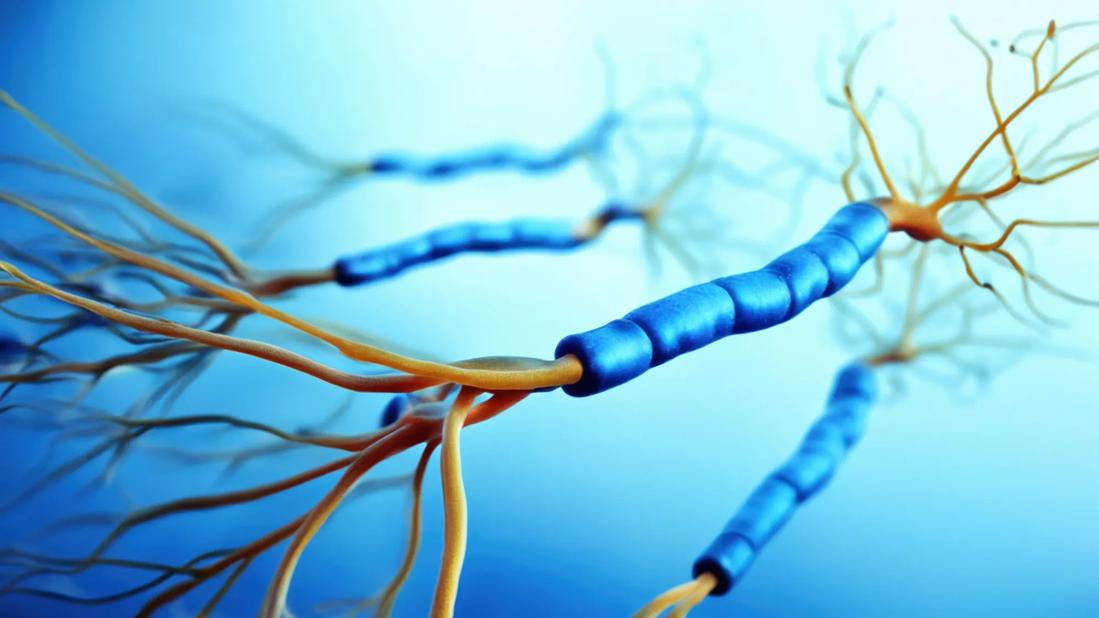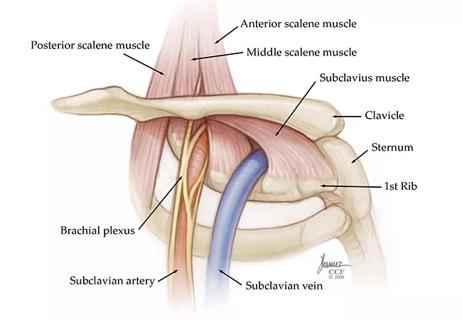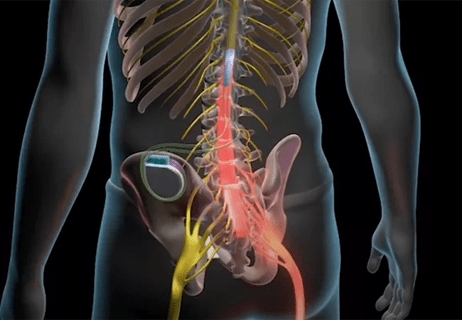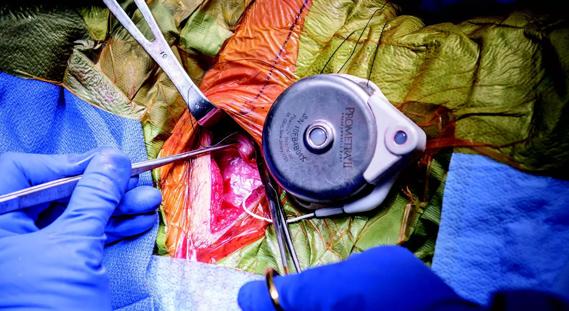Medical, cognitive and physical therapies work together to reduce central pain

Historically, the medical community had exclusively approached pain management by targeting the source location of the pain. However, physicians are now learning the importance of attacking the central component of pain as well as the peripheral target.
Advertisement
Cleveland Clinic is a non-profit academic medical center. Advertising on our site helps support our mission. We do not endorse non-Cleveland Clinic products or services. Policy
Centralized pain indicates that there is some hypersensitivity that the patient has developed, which has either been amplified by a peripheral pain problem or originated from a source within the central nervous system. Classic centralized pain disorders include fibromyalgia, some temporomandibular joint disorders and irritable bowel syndrome.
“Even peripheral pain conditions can have varying degrees of centralization. If you’re struggling to address what appears to be a peripheral pain diagnosis, consideration should be given to central sensitization as the missing link,” explains pain specialist Robert Bolash, MD, in Cleveland Clinic’s Department of Pain Management. “For example, if you’re treating a nociceptive pain complaint such as osteoarthritis, and the patient still has unmanageable pain, consider the other factors that may be involved.”
Pain scale: Physicians historically requested patients to rate the intensity of their pain using a numerical scale (0 to 10 or 0 to 100). While these scales were convenient to administer, they offer no opportunity to assess function. There’s also a lack of standardization across populations.
Impact on daily life and function: Function scales (e.g., Oswestry Disability Index and Pain Disability Index) allow patients to measure pain by indicating how much their pain impacts their ability to perform daily activities. Patients may be asked to rate how much their pain interferes with their ability to do household chores, socialize with friends, maintain personal hygiene and sustain an active sex life. The Cleveland Clinic Pain Management team considers a treatment successful if the patient is able to do something they couldn’t do before, regardless of the change in pain levels.
Advertisement
When centralized pain is involved, physicians need to take a whole-person, broad perspective by treating the brain and nervous system as well as the peripheral target. Physicians are beginning to understand that centralized pain requires unique treatment strategies, which vary in number and type when compared with peripheral pain treatments. In turn, physicians need to educate their patients on centralized pain and how the brain is involved in pain processing.
Central sensitization, or a centralized pain state, may represent a number of conditions that interact to amplify pain signals. These originate from upregulated peripheral input, but are facilitated by a heightening of pain amplification from the brain. Successful pain management is achieved by addressing both components.
Cleveland Clinic pain experts recognize the importance of addressing both the central and peripheral components of pain. For example, osteoarthritis of the knee is a prototypical peripheral nociceptive pain complaint manifested by sharp, use-related pain and inflammation. “Although the initial pain is peripheral, we’ve discovered that some patients also experience heightened centralized pain resultant from the constant barrage of painful inputs,” notes Dr. Bolash. “It has been demonstrated that patients who have high pain intensity before knee replacement and low pain thresholds are more likely to report constant, ongoing pain after knee replacement.” This suggests an opportunity to address centralized pain by using a comprehensive treatment strategy that not only targets the peripheral inflammation but also the central sensitization.
Advertisement
Cleveland Clinic pain experts are evaluating how to best optimize a patient’s centralized pain before surgery, during recovery or before being treated by other physicians for other conditions. “If we identify a patient with heightened preoperative pain, we often suspect that they may also have a lot of challenges during recovery, require an extended hospital stay and need additional therapy,” says Dr. Bolash. “Getting the baseline of pain addressed as much as possible before surgery helps improve surgical outcomes.”
Cleveland Clinic pain specialists employ various treatment strategies, including medical, cognitive and physical therapies, to address centralized pain. These physicians work with patients to identify the appropriate medications and physical therapies while pain psychologists recommend effective cognitive strategies. “Each strategy will likely help the patient’s pain level improve a certain percentage,” explains Dr. Bolash. “The exciting part is that pain management therapies are often stronger and more effective when used in combination. We call this phenomenon therapeutic synergy.”
An effective centralized pain treatment plan must be individualized. It’s important for the pain specialist to discuss the advantages and disadvantages of each therapy, highlighting the benefits of using multiple synergistic therapies.
While anti-inflammatory drugs and opioid medications can address peripheral pain generators, these medications are ineffective in treating centralized pain. In fact, using opioids for centralized pain could be harmful to patients by facilitating pain sensitivity even further. According to Dr. Bolash, membrane stabilizers, selective norepinephrine reuptake inhibitors and ketamine can be effective drugs for centralized pain management.
Advertisement
Cleveland Clinic is taking the lead in educating other pain specialists about their centralized pain management techniques. For example, Cleveland Clinic hosts the annual Pain Management Symposium, an event that brings together numerous specialists who address pain with different modalities. Cleveland Clinic pain management specialists also work with primary care providers or surgeons to help patients understand their unique comfort zone and recommend basic or advanced management strategies as needed.
Advertisement
Advertisement

Researchers seek solutions to siloed care, missed diagnoses and limited access to trauma-informed therapies

Study participants also reported better sleep quality and reduced use of pain medications

Two-hour training helps patients expand skills that return a sense of control

Program enhances cooperation between traditional and non-pharmacologic care

National Institutes of Health grant supports Cleveland Clinic study of first mechanism-guided therapy for CRPS

Pain specialists can play a role in identifying surgical candidates

Individual needs should be matched to technological features

New technologies and tools offer hope for fuller understanding